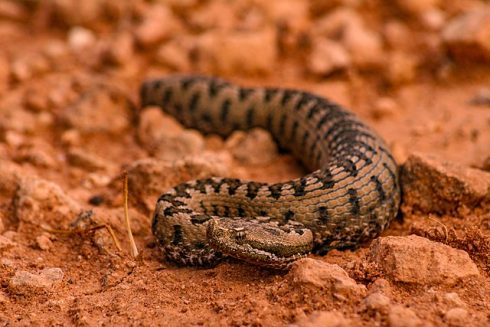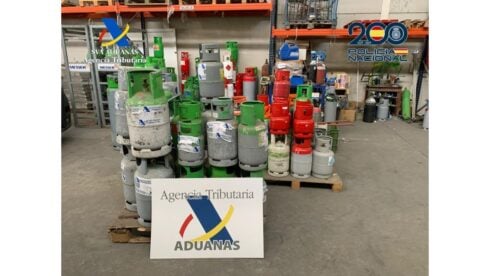FIVE loggerhead turtles born on a Marbella beach last year are set to be released into the sea after being nurtured in a marine zoo.
The hatchlings found a temporary home at Selwo Marina zoo in Benalmadena after their births in August last year.
Loggerheads, currently on Andalucia’s endangered list, face a harrowing survival rate of just one in a thousand in the wild.
Hence they are receiving specialised care and nourishment in order to increase their chances of thriving in their natural marine environment.

Loggerheads play a vital role in maintaining healthy marine ecosystems, including by munching on jellyfish and keeping their numbers down.
Upon their arrival at Selwo Marina, the hatchlings were transferred from the Center for Management of the Strait Marine Environment (CEGMA), a renowned institution dedicated to loggerhead sea turtle recovery.
The zoo meticulously prepared special facilities for its new arrivals, equipped with an advanced filtration system to ensure the turtles’ well-being.
Under the watchful eye of dedicated caregivers, the hatchlings undergo regular weighings, measurements, and daily feedings, consisting of a carefully crafted diet of blue and white fish, mollusks, crustaceans, and supplements that mimic the nutritional profile of their natural marine habitat.
This critical period of care aims to strengthen the turtles and prepare them for their eventual release back into the sea once the water temperatures become warm enough.
READ MORE: Farmer is arrested after police unearth 229 protected turtles on his land in Spain’s Valencia
Known as a ‘Headstarting’ program, zoos, aquariums, and research institutions all work alongside volunteers and concerned citizens to provide these vulnerable hatchlings with a fighting chance.
Beyond strengthening these individual turtles, the project plays a crucial role in scientific research.
The data collected throughout their stay at Selwo Marina offers valuable insights into the health of the marine environment.
Additionally, these hatchlings, once released, can be tracked with satellite tags, providing further information about their migratory patterns and overall well-being.
Click here to read more Environment News from The Olive Press.








